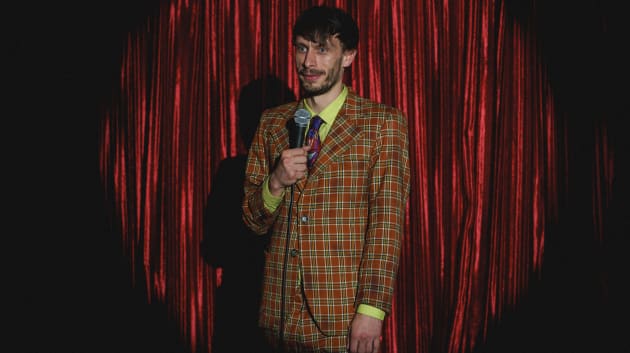A subway train derailed in Brooklyn on Wednesday afternoon, police and fire officials said. It was the second derailment in New York City’s mass-transit system in less than a week.
The train, a Manhattan-bound F, went off the elevated tracks between the West Eighth Street and Neptune Avenue stations in Coney Island shortly before 12:30 p.m., officials said. There were 34 passengers and three crew members on the train, Richard Davey, the president of New York City Transit, said at a news conference. No one was injured in the derailment and the cause was being investigated, officials said.
Service on the F line was partly suspended in Brooklyn as a result of the derailment, the Metropolitan Transportation Authority said on its website. Dozens of transit workers and emergency services workers were at the scene.
People lingering near the site an hour after the derailment described hearing a loud noise and the sound of debris falling from the tracks.
One passenger, Elisa Gales, who lives near the Stillwell Avenue station in Coney Island, was in the train’s first car when, she said, she felt “a sharp jolt.”
“It just jumped us back into our seat,” Ms. Gales, 61, said. “And then after that, it jumped us back again. And then I was like, ‘Oh, my God.’ I thought in my mind, ‘I hope that’s not a derailment.’”
She said the sound coming over the train’s public address system was so weak that she and other passengers did not understand what had happened. She said she eventually learned that the train’s third and fourth cars had been involved in the derailment.
“We finally figured out that they were going to bring a rescue train,” said Ms. Gales, who explained that she had worked cleaning stations along the F line at the height of the Covid-19 pandemic. “And we had to walk across the plank to get onto the rescue train.”
“It’s always something with the F line,” she added.
The episode on Wednesday came six days after a No. 1 train carrying 300 people collided with an out-of-service train on the Upper West Side of Manhattan because of confusion over which train had the right of way. Both trains derailed as a result, and more than two dozen people were injured.
None of the injuries in that derailment, on Jan. 4, were life-threatening, officials said. Full service was not restored on the affected lines — among the most heavily used in the busiest mass-transit system in the United States — for nearly three days. Investigators have indicated that human error was to blame, although it remains unclear who precisely was at fault.
That earlier derailment, which occurred just before the afternoon rush hour, took place after vandals tripped the emergency brakes on a No. 1 train and it stalled at 79th Street, transportation officials said at a news conference.
The passengers on the stalled train got off, and the train went out of service and began proceeding slowly to an uptown storage yard with four transit workers aboard, according to three transit officials with knowledge of the investigation. As it neared the 96th Street station, it collided at a slow speed with the other No. 1 train, which was carrying passengers.
Investigators with the M.T.A. and the National Transportation Safety Board are examining the crash. Among the issues being scrutinized are the performance of employees who were working in the trains as well as those in the subway system’s control center, according to safety board officials.
“It’s easy to blame humans,” Jennifer Homendy, the safety board’s chair, said at a news conference when asked if the crash was caused by a person’s mistake. “Human error is always a symptom of a system that needs to be redesigned.”
Daniel Alicea, the supervisor of a crew that was installing an elevator in a nearby building, was at a McDonald’s when the F train derailed on Wednesday. Other crew members were eating lunch near the tracks at the time.
“It was so loud, all the construction workers were out here and they all scurried like roaches,” Mr. Alicea said, pointing to debris on the ground that he said had been knocked loose by the derailment.
“All that fell on the ground,” he said. “Thank God no one was underneath it.”
Cesar Quintero, a construction worker who lays foundations for commercial buildings, was working next to the elevated tracks when the F train derailed. Speaking Spanish, he said was concerned because his wife takes the No. 1 train to work.
“My wife was going to take that train,” he said of the No. 1 that derailed last week. “She works on 96th Street. She saw the train that was derailed leaving the platform as she was entering the station.”
He added that just two months ago, he had seen transit workers replacing portions of the track where the F train derailed on Wednesday. A piece of metal fell from the tracks and nearly hit a woman, he said.
“It’s unnerving because you want to get home sane and safe, and something like this causes insecurity when you take the trains,” Mr. Quintero said.
Before last week, it had been several years since a subway train derailed while carrying passengers. On Sept. 20, 2020, an express train with 100 people on board came off the tracks near 14th Street in Manhattan. Three passengers sustained minor injuries.






